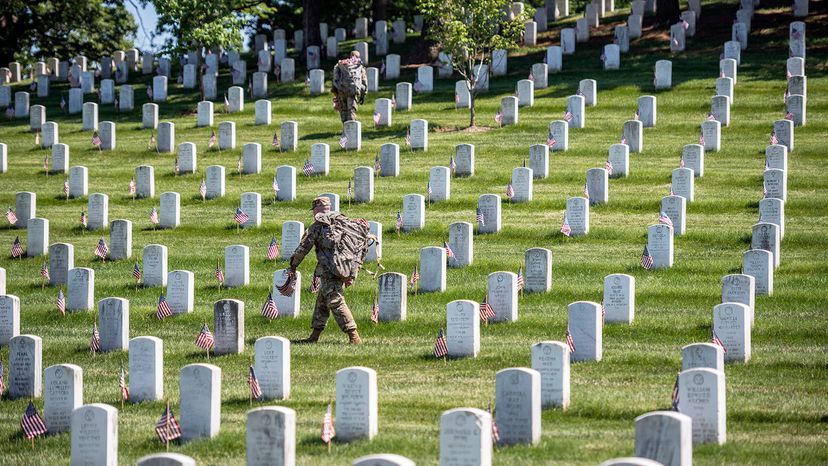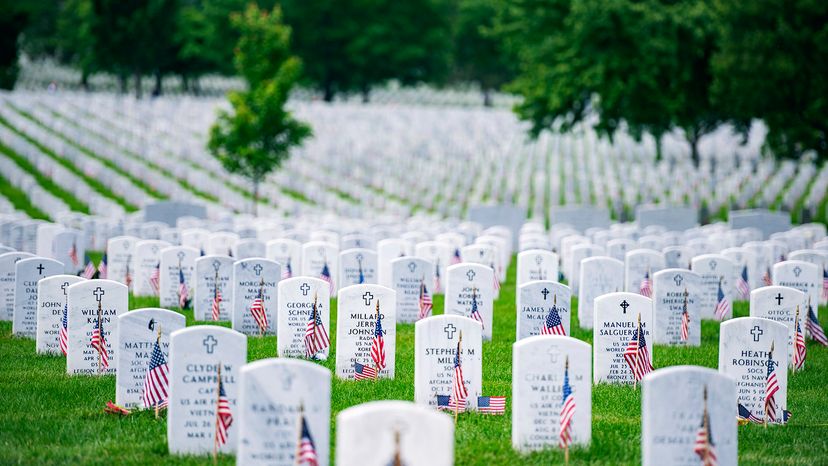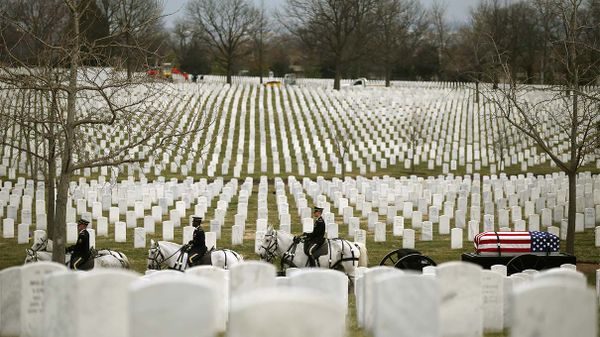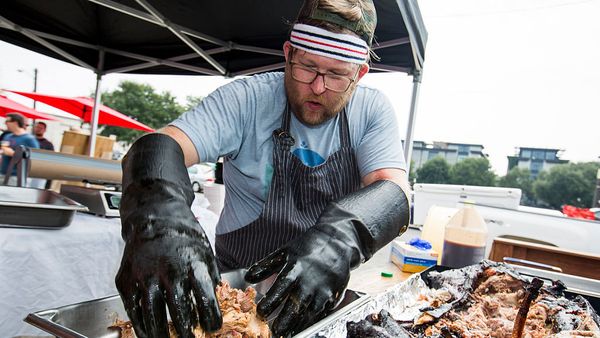
For most Americans, it signals the start of summer, the perfect excuse for a three-day getaway, and the first chance of the year to bust out those barbecuing skills. But how many Americans really understand the significance of Memorial Day? Before lighting up the grill and diving into the pool, get to know why this holiday holds a special place in so many American's hearts.
The name pretty much says it all, but Memorial Day is much more than a symbolic day of commemoration. It was originally called Decoration Day, and the tradition dates back to the 1860s when men and women decorated the graves of fallen Civil War soldiers with wreaths, flowers, flags and other items. The inspiration for the day came from local observances that had been popping up throughout the country in the three years following the war.
Advertisement
General John A. Logan of the Grand Army of the Republic, a fraternal organization for veterans of the Union Army, was responsible for declaring the nationwide day of remembrance on May 5, 1868. In his proclamation, Logan wrote:
Advertisement



